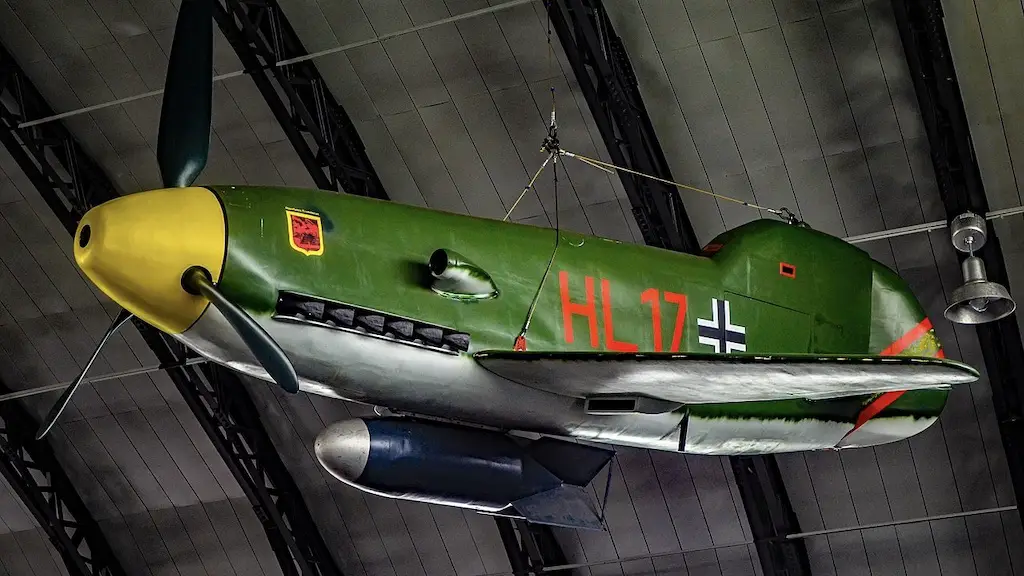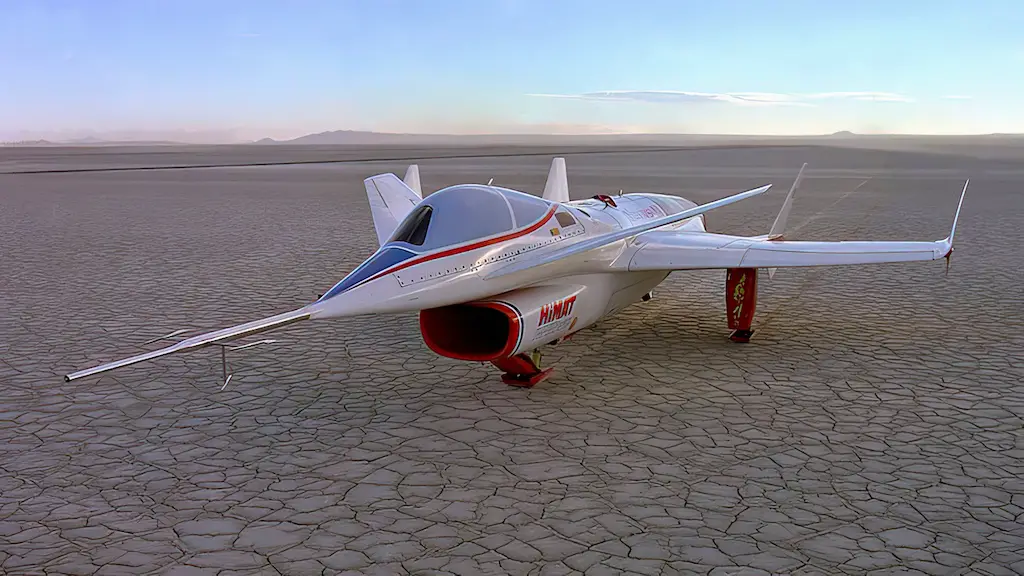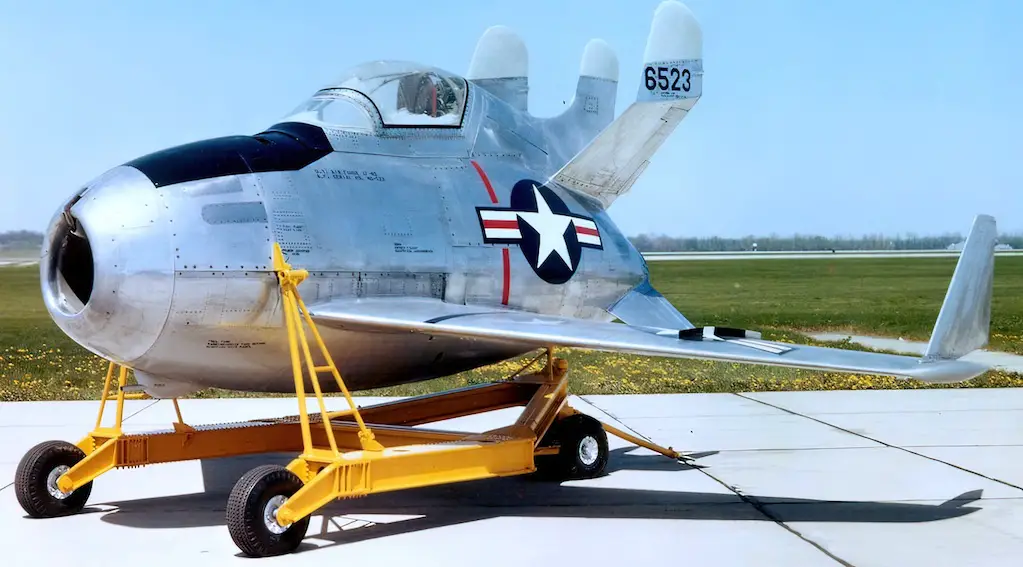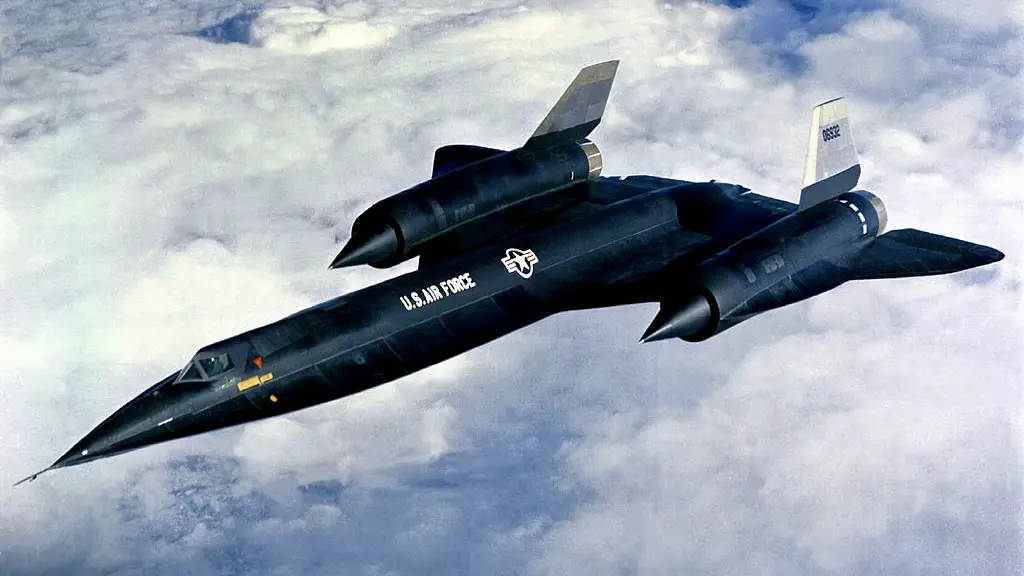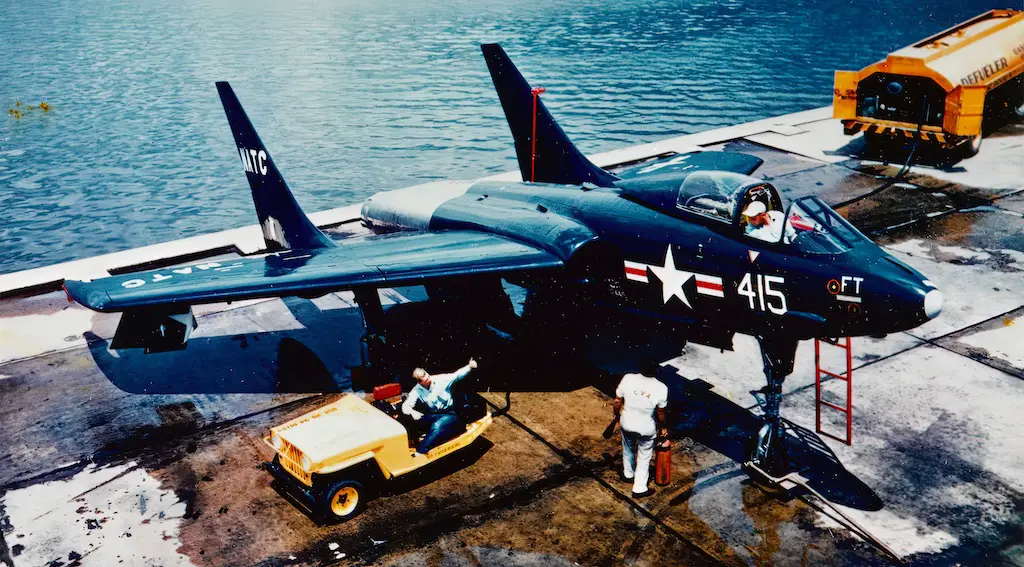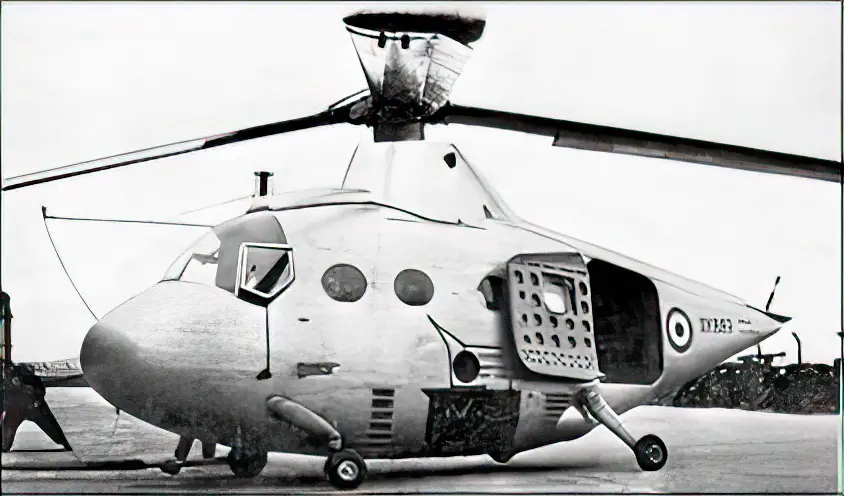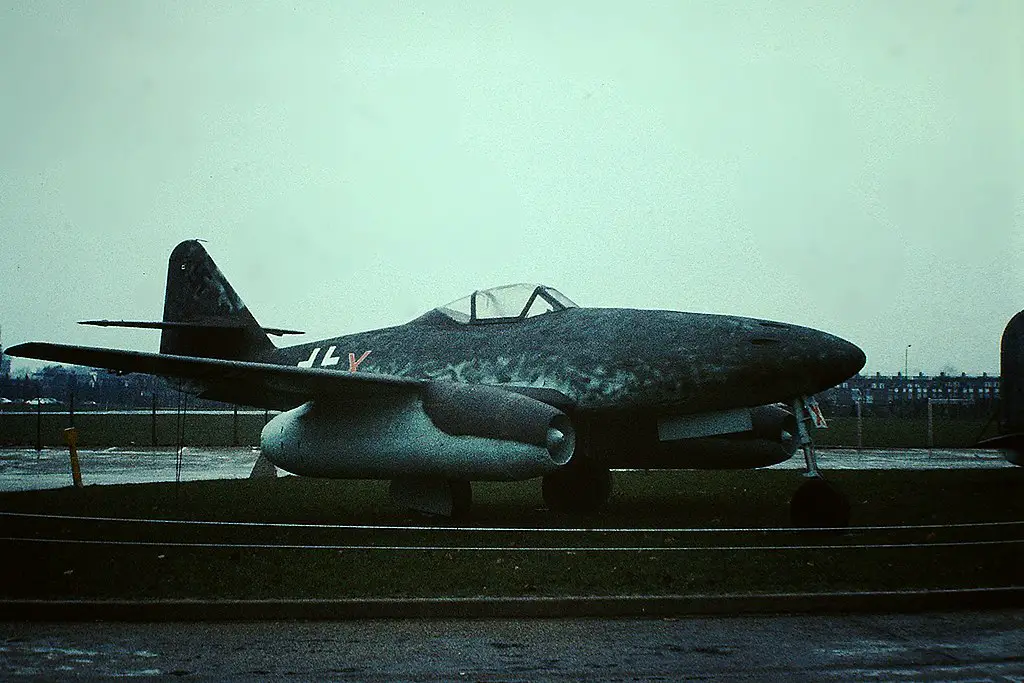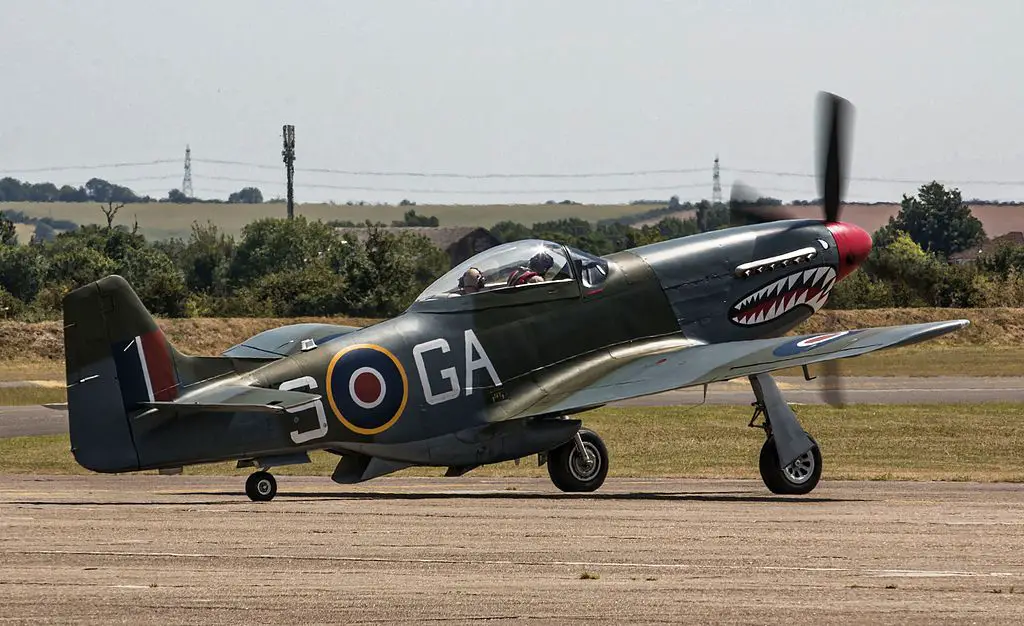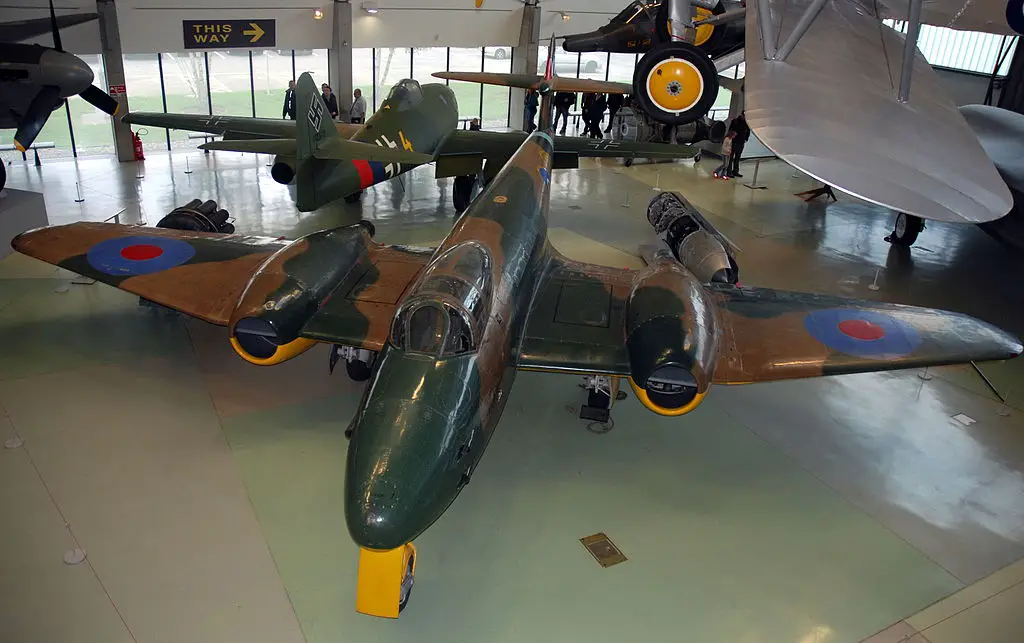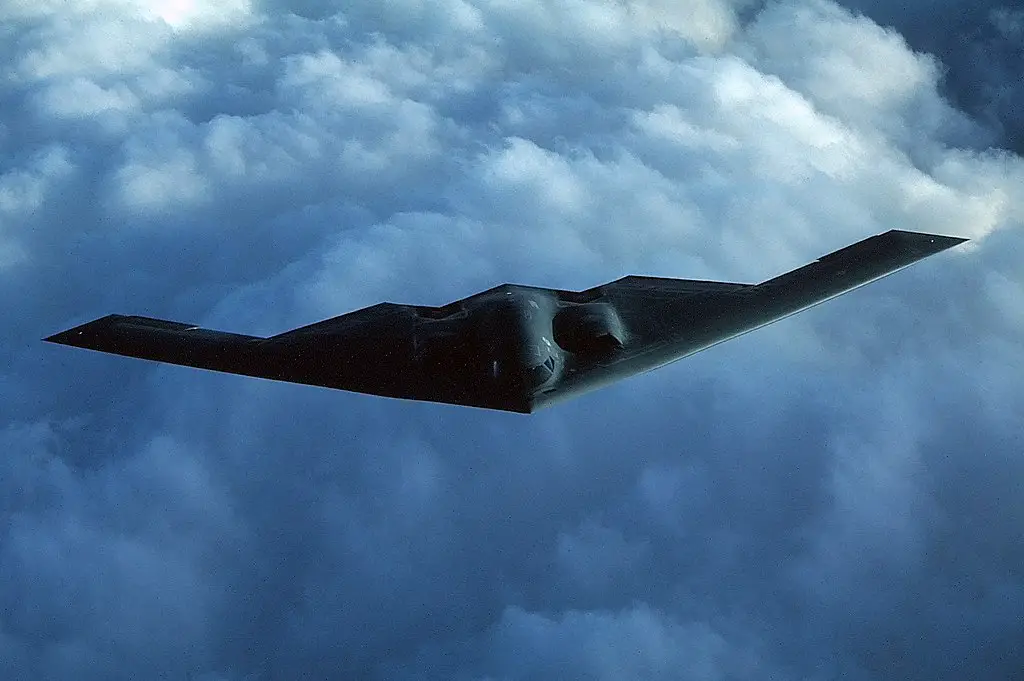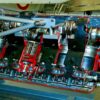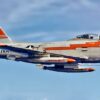Allied air superiority
The Hawker Hurricane was the aircraft that shined during the Battle of Britain, effectively suspending any amphibious invasion. The P-51 Mustang may have been the plane that secured Allied air superiority in 1944, and the Me-262 and Gloster Meteor may have been the first operational jet fighters on the sides of the Axis and Allies. None of those planes, however, were the fastest for that honour goes to the Me-163 Komet.
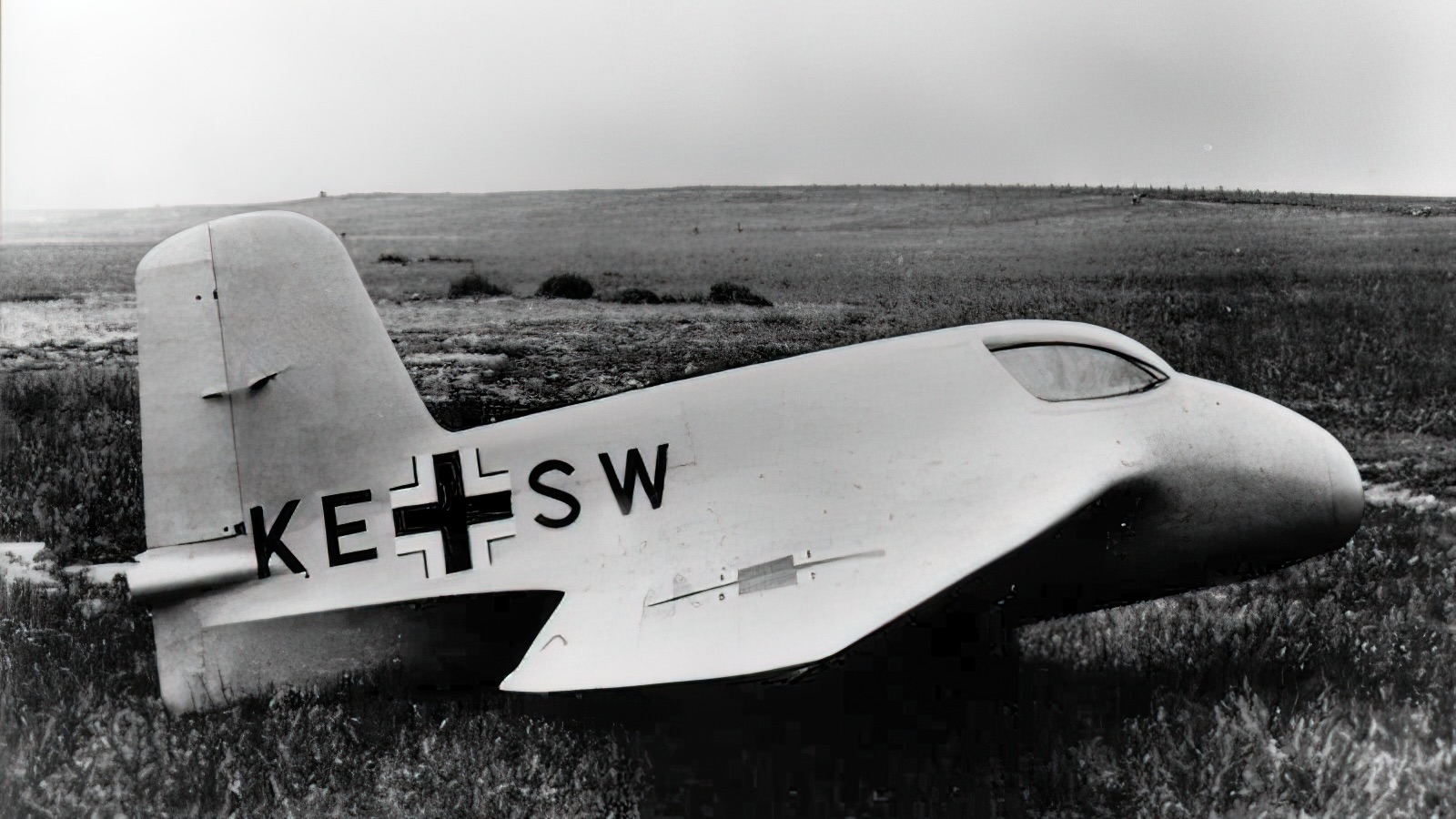
Mini me
The Me 163 was relatively short, standing at about 19.5 feet long, and with a wingspan of about 30 feet and looks like a miniature version of the B-2 Spirit. The Komet was armed with two Mk 108 30mm cannons intended to rip apart Allied planes and its top speed of up to 600 miles per hour made certain it could do so.
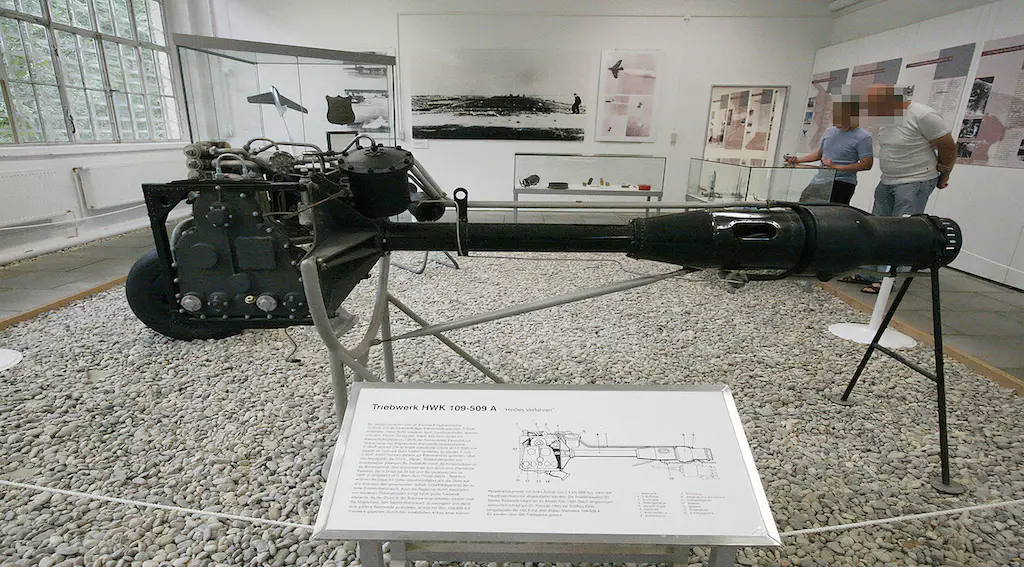
Rocket fuel
Yet, it is not well known outside of the small community of aviation devotees and admirers. This is the case because of a major technical reason. The way the plane got its speed was by using a rocket engine, which tended to burn up a lot of fuel. This gave it a little over seven minutes of powered flight. The short flight time meant the Me-163 really didn’t have much range, about 25 miles (40 kilometres).
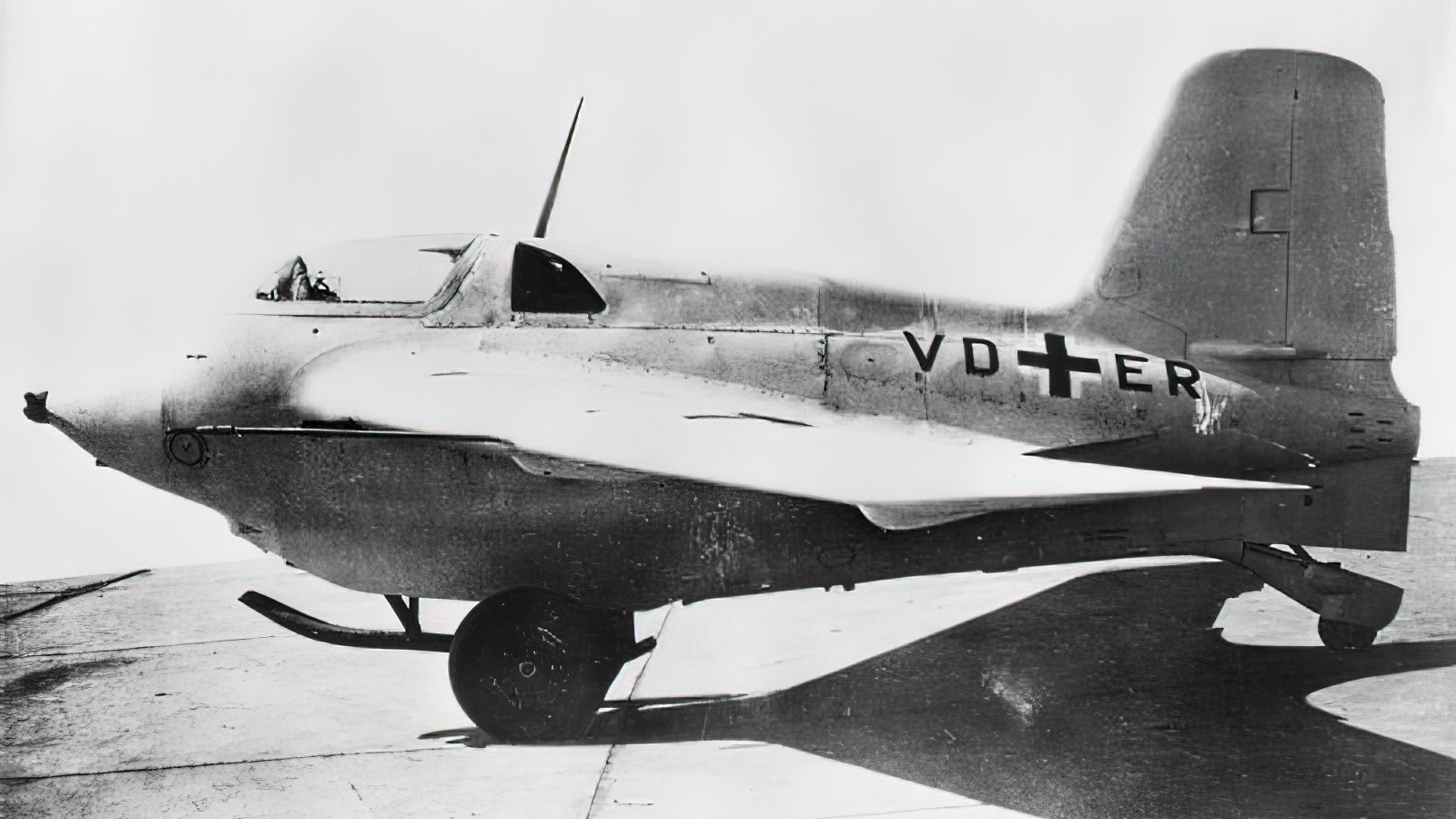
Became a glider
After the fuel ran out, the Me-163 would basically transform into an armed fast glider. It would then have to land, and be taken away by a tow truck, further straining logistics; and it also meant it was like a fish in a barrel until any help arrived. All Allied pilots would have to do was wait for the plane to start gliding down before firing a burst of rounds unto it.
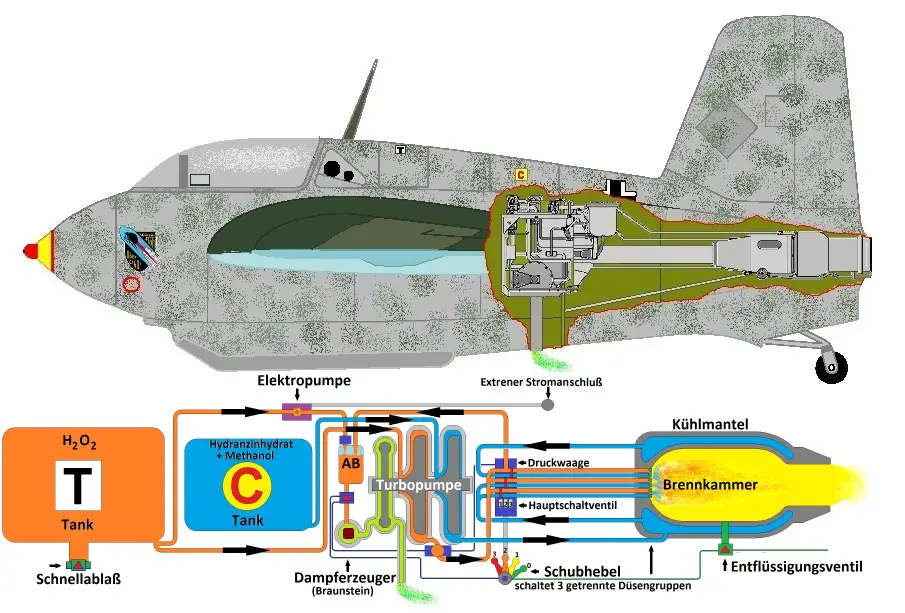
Disappointing victories
In spite of operating for about 10 months, the Me-163 only had a meagre toll on the enemy ranging anywhere from 9 to 16 aerial victories, depending on the estimate. It downed less than one enemy per month. Moreover, only one fighter group ever operated the plane, which was also crippled by a deficit of rocket fuel.
There were also reports stating that the Me-163 was also an aerial tomb, depending on the chances of the pilot flying it. The rocket fuel ingredients were extremely volatile and when they leaked through the suit (just about as any German engine during the war), it had life-threatening consequences for the pilot. It wasn’t uncommon or unheard of for Me-163s to just explode on landing as residual amounts of fuel would mix.
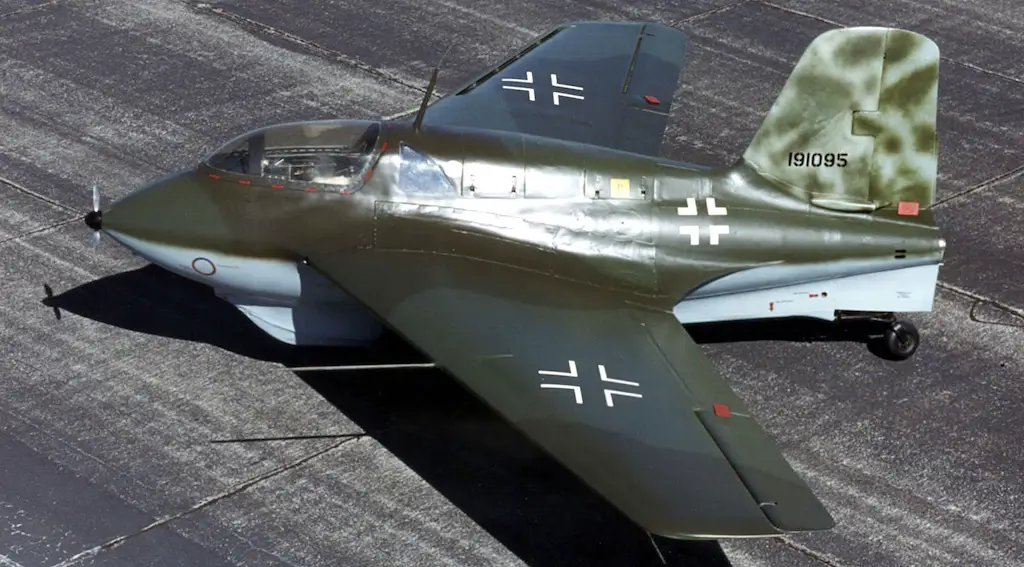
Over to the rockets
Ostensibly, the Me-163 Komet was a manned reusable surface-to-air missile that could make two attacks. Eventually, the Luftwaffe and German High Command opted on using expendable rockets instead of a manned plane for these types of missions akin to what they had accomplished with the V-2 ballistic missiles.

